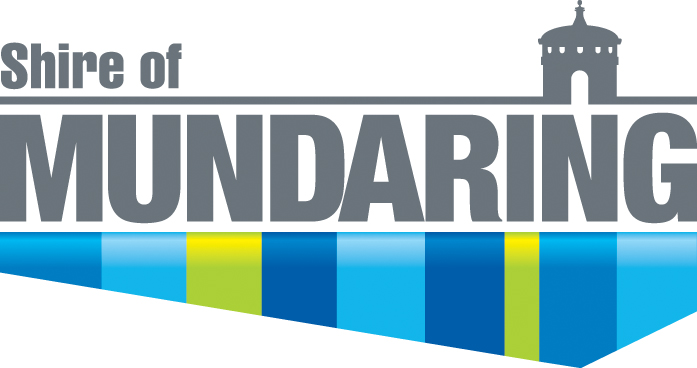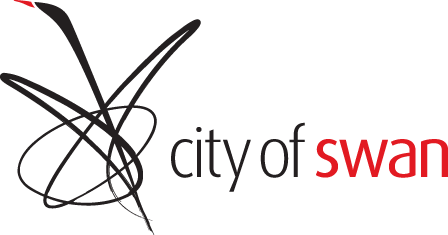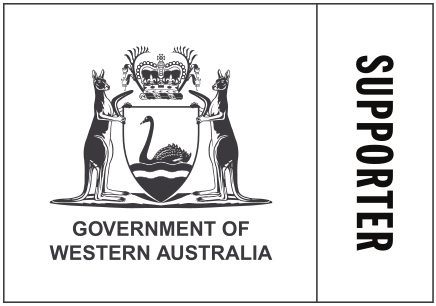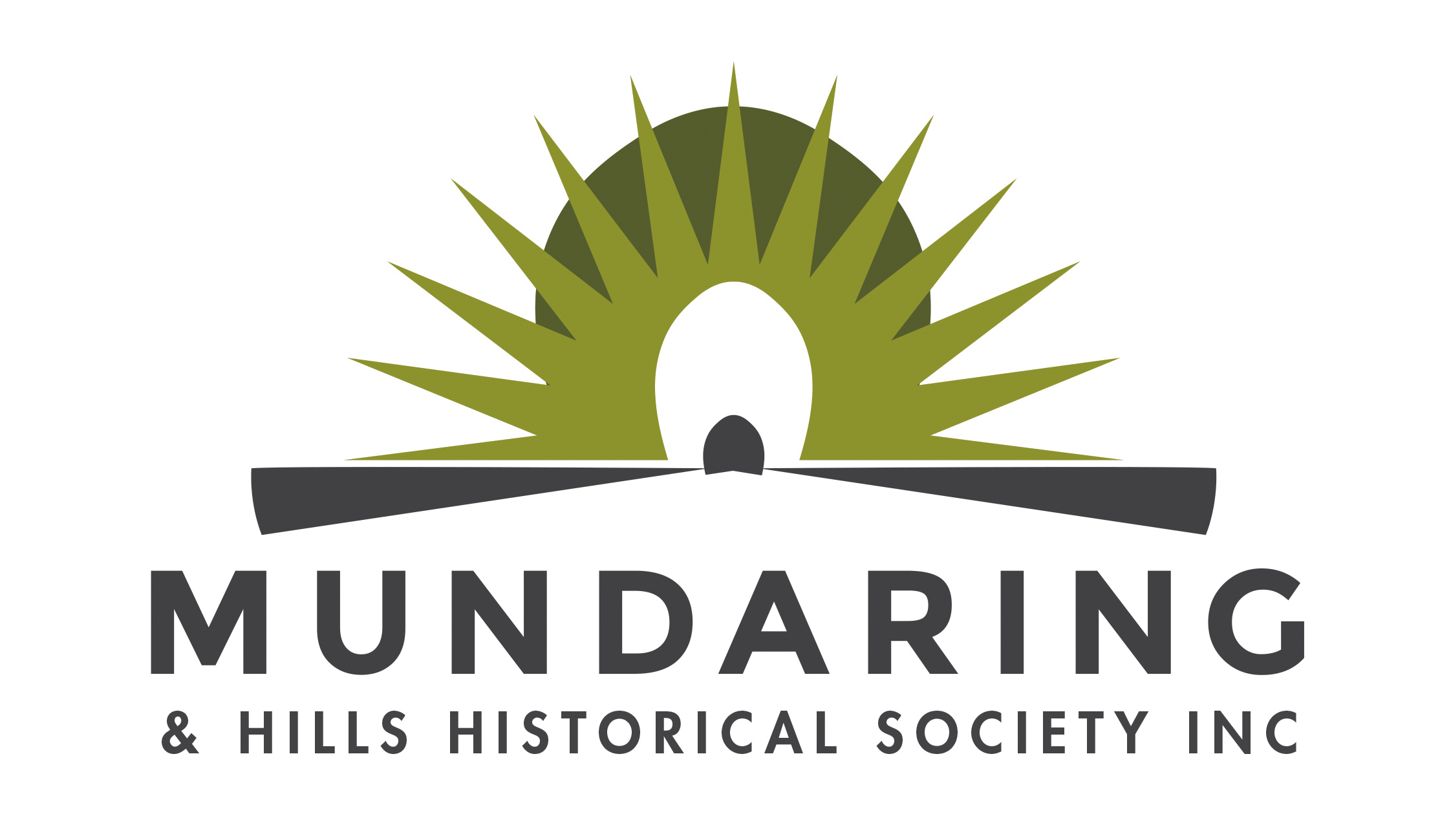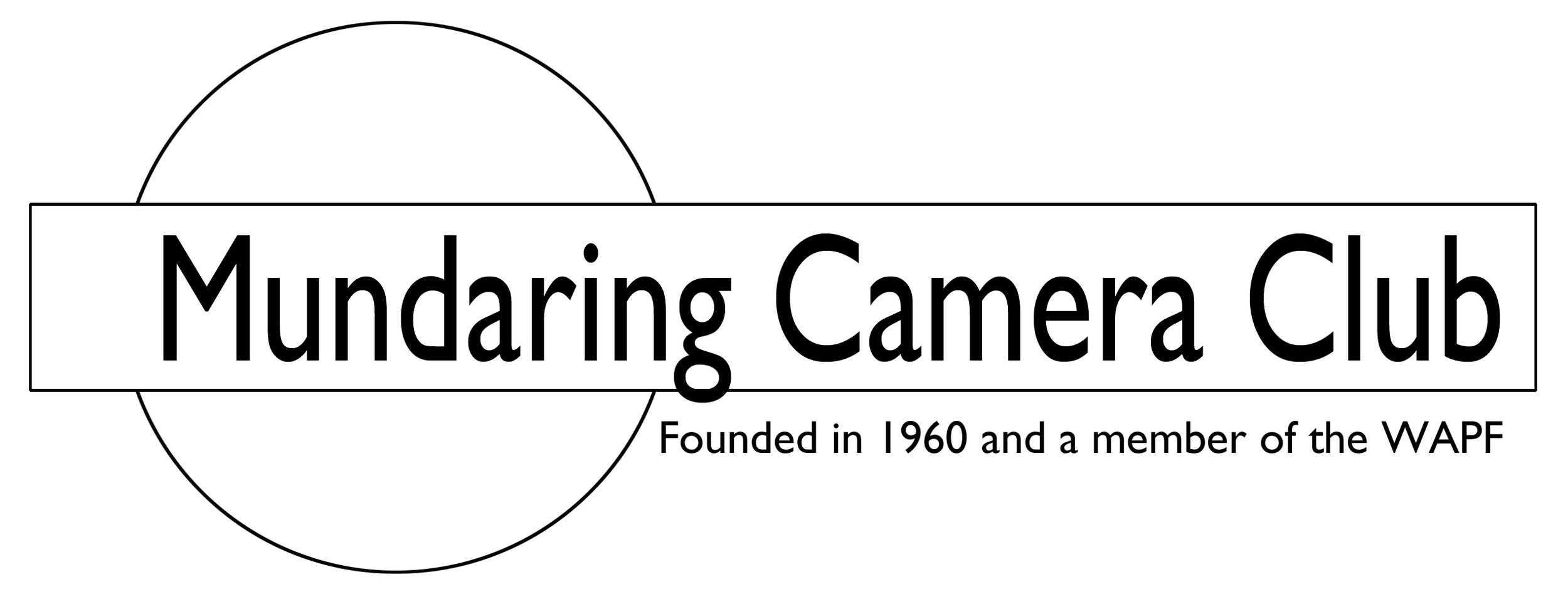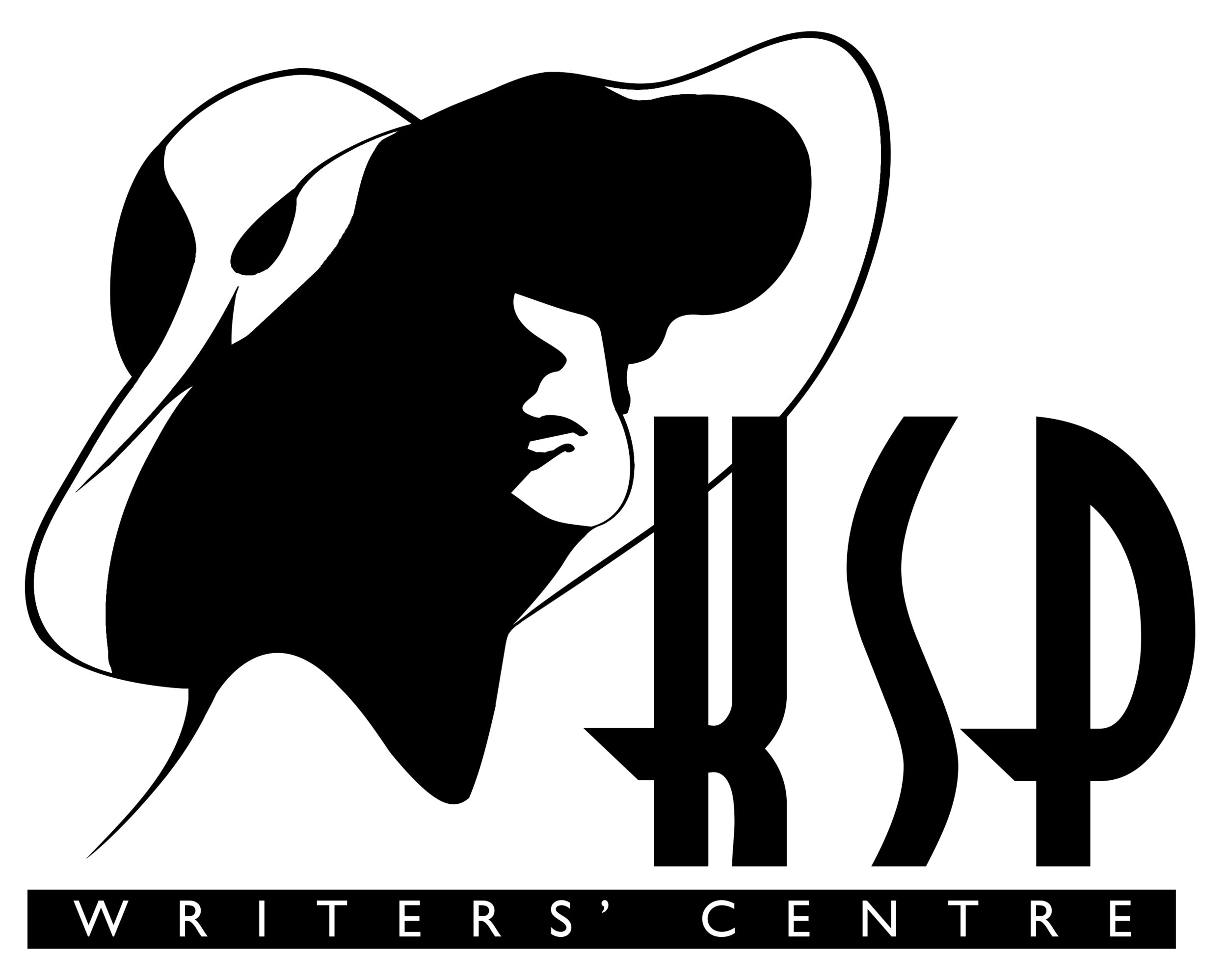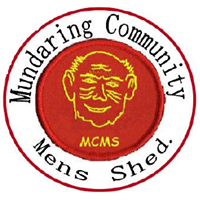The Vahana: Vehicle of the Gods exhibition features photographs by the celebrated international photographer Clare Arni. The horse is found throughout Hindu iconography and is associated with martial power and wealth. It is most frequently depicted as a Vahana, or vehicle, where a horse carries a particular god. Their proximity to the divine means they are often worshipped in their own right, playing an important role in festivals, both as idol and as symbolic offering. Some worshippers go even further, entering into a trance-like state while dressed as a horse, they embody the divine animal, intimately bestowing blessings upon the crowded worshippers.
The earliest known references are from the 3rd century CE. Annual festivals are celebrated in sacred groves on the outskirts of villages in early spring at which time the potters, who inherit the role of priest, make large-scale terracotta horses and other votive offerings.
Clare Arni who is based in Bangalore, has been documenting the festivals and processes leading up to them for several years. She will be presenting an exhibition of new work describing the making of the terracotta horses, the festivals and votive offerings as well as images of the groves where avenues of horses form majestic entries to the spaces.
One of the remaining potters famous for making terracotta horses will take up residence at MJAC and will create a 3m high terracotta horse for the project.
Renowned WA potter Bernard Kerr will create works in terracotta and undertake a series of community workshops and lessons at Midland Junction Arts Centre.





